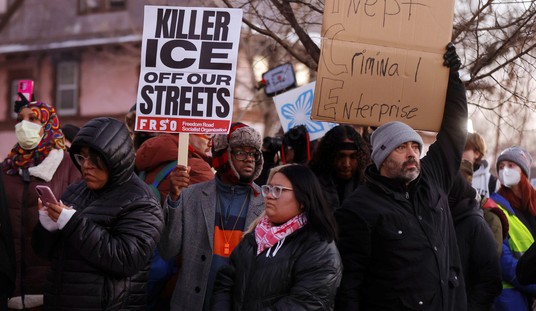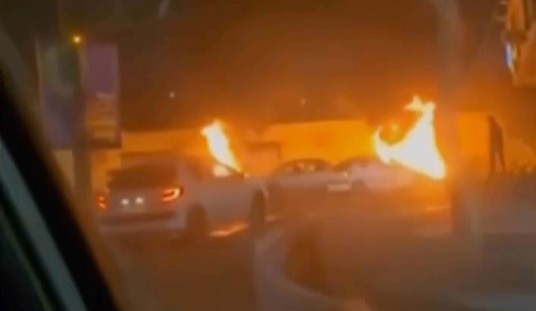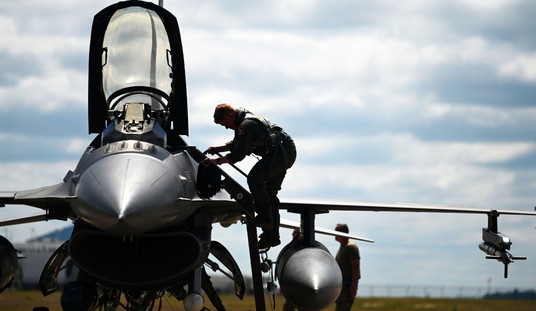It has been a repetitive and tiresome mantra from the pro-public funding crowd that the public broadcasters are a deeply vital lifeline to people living in the hinterlands of our rural communities. This talking point has taken root over the past few years as the prior talking point to bludgeon and shame taxpayers to continue paying for something they don’t watch – “The GOP wants to kill Big Bird!” – has been neutered by the reality that PBS has not owned Sesame Street for over a decade. (When the contract with Warner-Discovery expired this Spring, Netflix snapped up the rights when PBS did not step up.)
So the shift to the scare tactic that lives would be threatened in rural communities without public broadcasting became the new script. We are sold the claim it will be “devastating” and “catastrophic” if farmers and those distaff communities do not have access to “All Things Considered.” If you are scratching your head, pondering how many farmers are listening to Steve Inskeep while piloting their International Harvester, allow me to cut through the media chaff and get to the fertile facts.

The claim is that the people in rural communities have limited or zero access to conventional media, and they need to rely on PBS or NPR for severe weather alerts and life-saving emergency notifications. The issue is that this is both a highly overstated audience share and an avoidance of core facts. It was with no shortage of amazement that we saw this pleading claim exposed as a lie in the recent Texas flood disaster, as the local public radio station was completely absent during the lengthy warning period in that region. Then, immediately after that, in Alaska, a tsunami warning was also not forthcoming from the life-saving broadcasters.
The Biggest Claim for Public Funding Is a Lie Exposed by the Texas Flood Response
Alaska's Tsunami Warning Fizzled, and So Do the Left's NPR Claims
When it comes to this drumbeat narrative of “needed” emergency broadcasting from these public outlets, there is little in the way of hard data to back up the claim. One frequently cited study tries to suggest there is a vital link provided by PBS, NPR, and their affiliated local affiliates and stations. Called “a first-of-its-kind look at the role and impact of public radio in rural America today,” this is a report filled with proclamations, but lacking in one key detail: Data.
Data from the report demonstrates how rural public radio remains an essential service for rural Americans across broadcast and digital platforms, and continues to keep rural residents informed. The Alliance of Rural Public Media, a new grassroots initiative, focuses on the service that public radio delivers to rural audiences and provides a collective voice for the work of these stations.
So this is a study of the significance of rural radio provided by the Alliance of Rural Public Media; this is on par with a study on the health of fast food funded by the National Drive-thru Restaurant Coalition. Nowhere is this alleged data given in the NPR column about this report, and the link to the report itself is now dead. So we are in take-our-word-for-it territory.
That leaves us relying on common sense and available information. When it comes to weather alerts and notifying the public, there are means already in place, without the need for these public stations. Despite the rush to blame the administration for corrupted warning systems, it was later proven that Texas had plenty of advanced warnings of the rains and flash flooding. And as shown above, the local public radio outlet was a non-starter, as other local media were right on top of the advisories and warnings.
One national alert system is the Integrated Public Alert & Warning System, which is operated by FEMA. IPAWS operates independently of the public broadcasters, and its funding was in no way affected by the cuts in the rescission funding package. Also operational all along have been the two other prominent federal outfits, the National Oceanic and Atmospheric Administration and the National Weather Service.
Notifications from these outfits can be disseminated through various forms of media, including alerts delivered through cell phone providers – something that nearly all Americans possess these days. NOAA broadcasts in nearly blanket-wide fashion across the country and is accessible through a cheap AM radio, and if you are in a dead zone for this, you can obtain an affordable weather radio to fill that gap.

Just a few years ago, the government revamped the national alert system, upgrading it in a fashion that television, radio, and cell phone systems could all be employed. This was “intended to ensure public safety officials have the methods and systems that will deliver urgent alerts and warnings to the public in times of an emergency or disaster.” This, according to a report made by…this is too perfect…National Public Radio.
Your radio, TV and cellphone may start blaring today. Do not be alarmed. At 11:20 p.m. PT on Wednesday, the federal government will be testing two emergency alert systems on televisions, radios and certain cell phones across the country. https://t.co/WYI2q1uLnS pic.twitter.com/0zQz1C8vP8
— KPBS News (@KPBSnews) August 11, 2021
As we witnessed with the Texas example, the main emergency alert that NPR and PBS have been notifying about has been the loss of their funding. That is something they have been especially vigilant in alerting the public in a diligent fashion.
Editor's Note: Radical leftist judges are doing everything they can to hamstring President Trump's agenda to make America great again.
Help us hold these corrupt judges accountable for their unconstitutional rulings. Join RedState VIP and use promo code FIGHT to get 60% off your membership.














Join the conversation as a VIP Member